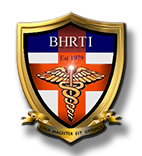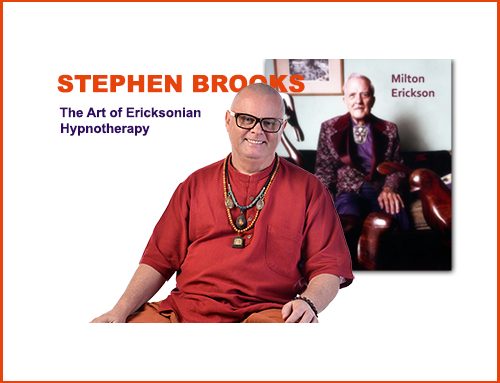In Ericksonian hypnotherapy, ideo-motor signalling is the name given to a technique whereby a movement of the Client’s finger is used to signal an unconscious communication – typically a yes or no response.
I often use ideo-motor signalling with my clients in therapy, just as Milton Erickson did. I find it invaluable in uncovering the source of early learning experiences that have contributed to problems and the patterns that have maintained them. I frequently do therapy using only ideo-motor response as a communication tool, because in this way the client has no conscious realisation of what therapy is occurring. It’s a confidential therapeutic encounter between the client’s unconscious and the therapist. The client just gets better without knowing how they did it.
The Technique is quite simple but does require some skill at observation and timing. Once in hypnosis, the therapist asks the Client’s unconscious mind to lift one finger for a “yes” answer, and another for a “no” answer. Sometimes the therapist will indicate on which hands the yes and no fingers will be, I prefer to leave it up to the Client’s unconscious to decide. The responses can either be on the same hand or on different hands. It is most common to use both hands – maybe a yes response from a finger on the right hand and a no response from a finger on the left hand.
It is usually easy to tell when a client is faking, because an unconscious finger signal is slow with minimal movement at first and often a little shaky. A conscious response is a direct, conscious and a more or less immediate lifting of the finger. Ideally there should be no conscious participation on the part of the Client so you get a true honest unconscious response. When genuine, Clients are sometimes unaware of the finger movements as they happen.
Ideo-motor movement can also be an unconscious movement of the head, foot or other part of the body and sometimes when a Client has been asked to allow their unconscious mind to move their finger, they also nod or shake their head without realising it. Because head nodding and shaking is a part of our everyday non-verbal behaviour it can happen quite naturally and unconsciously.
In hypnosis the unconscious head nods are different from conscious everyday head nods. In trance they are usually very slow and barely noticeable. If a Client nods their head in a very enthusiastic and conscious way then the response is consciously generated and should not be relied upon, it is just the Client answering consciously and the responses are based on the Clients usual conscious understanding. Sometimes there may be an unconscious movement of the foot or hand as well, or a twitch in a face muscle. These are usually unconscious. It is rare for these to be consciously generated as most people do not deliberately use these other parts of the body to communicate consciously.
There is usually quite a delay between the therapist’s question and the Client lifting the finger, especially at the start. This is because the Client has to process the question unconsciously, search for an answer unconsciously, and then move the finger unconsciously. This process gets faster as the Client answers more questions and the process becomes more familiar. The therapist can encourage the finger to lift with indirect suggestions and notice the initial slight twitch of the muscles in the back of the hand that usually happen prior to a finger actually lifting.
With some Clients you may only see a twitching of the muscles in the back of the hand or a finger shifting from side to side and a full lift make not happen or take much longer to happen. This is of no concern. The twitch in the muscle is hard to fake and so is a very good indicator of a genuine unconscious response. It can be used as an alternative to a full finger lift. I often will only need that small twitch as a response as this saves time in therapy when one has a lot of questions. However beware, sometimes a movement may occur in one place during one session and during another session occur in another part of the hand. So you need to develop your observation skills to notice these subtle minimal movements.
The whole purpose of using Ideo-motor responses is to communicate with the part of the Client that knows more about the problem than they do. By communicating directly with the unconscious mind the therapist is able to call upon the Client’s unconscious resources for problem solving. A certain amount of negotiation can be done between the therapist and the Client’s unconscious mind in this way although the answers are limited to yes and no. The Client need not have any conscious awareness of the communication as it is happening and he will often forget that it did happen. Usually Clients can remember that the fingers moved but can’t remember all of the answers.
There are however limitations when using Finger Signalling. Any attempt at evoking direct answers, especially detailed answers via finger signalling, is severely limited because the fingers can only answer “yes” or “no”. Often keeping track of the answers obtained with ideo-motor responses can be challenging for the therapist. So when getting answers with finger signalling the therapist should write down both the questions and answers on a sheet of paper. Sometimes the responses can be quite confusing and contradictory because the unconscious mind has its own sense of logic and a written record of the session will help sort out this often contradictory unconscious logic.
There is also the issue of unconscious confidentiality to consider. Keeping a clear written record of the responses as the session progresses will definitely help you to keep track of the unconscious communication, but it may not be advisable to show the Client the written record afterwards, as it will often contain confidential information shared about the Client by his/her unconscious.
Stephen Brooks






